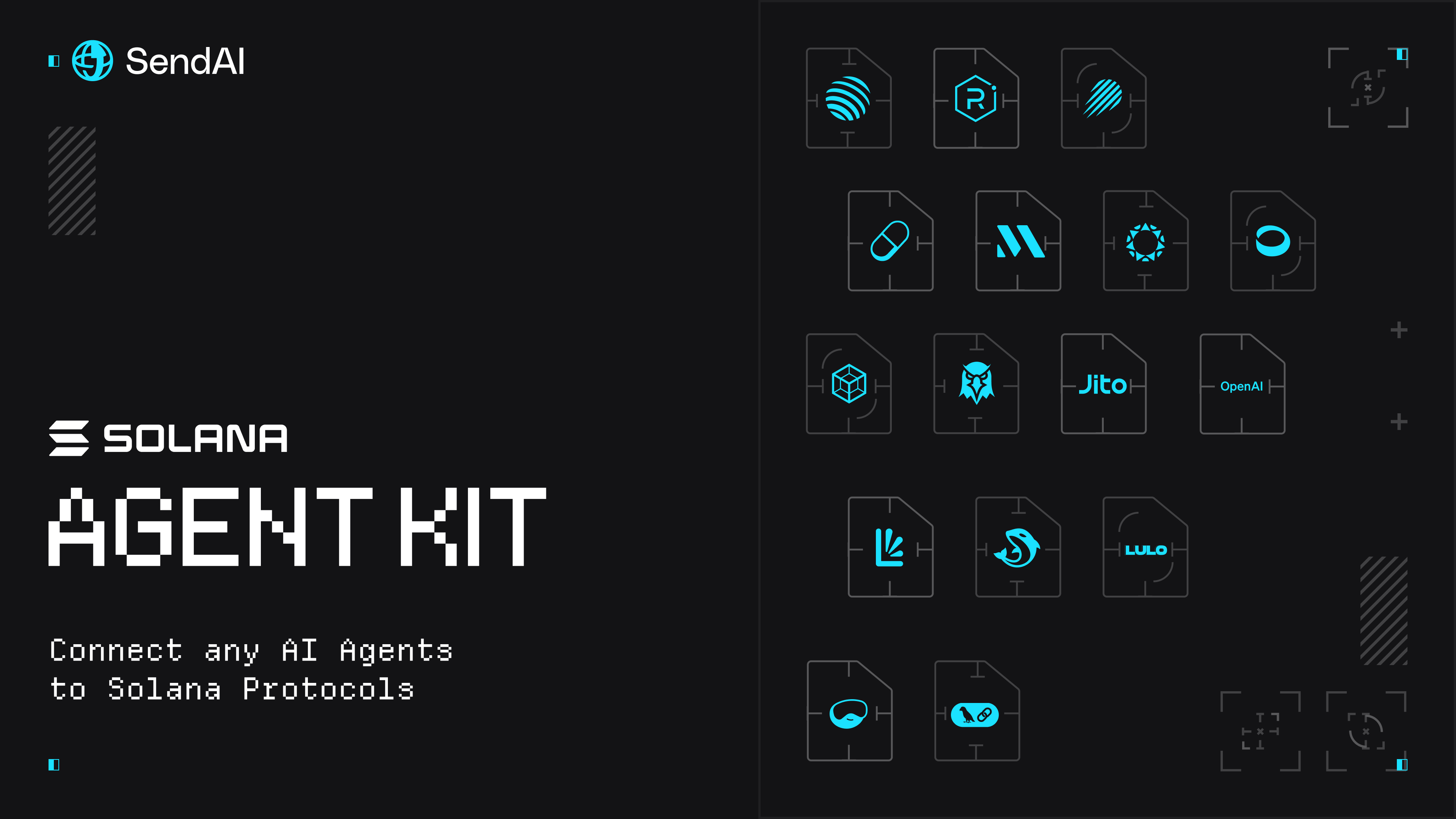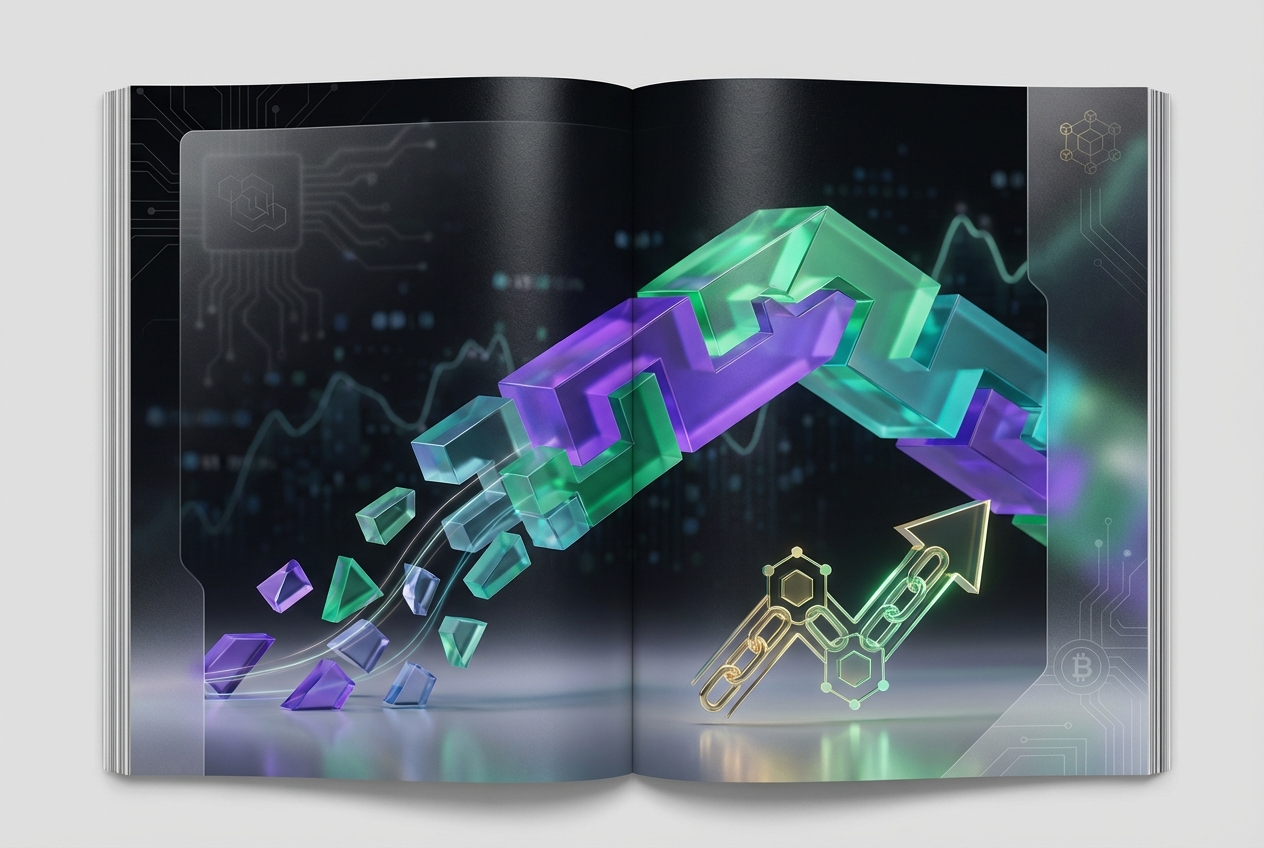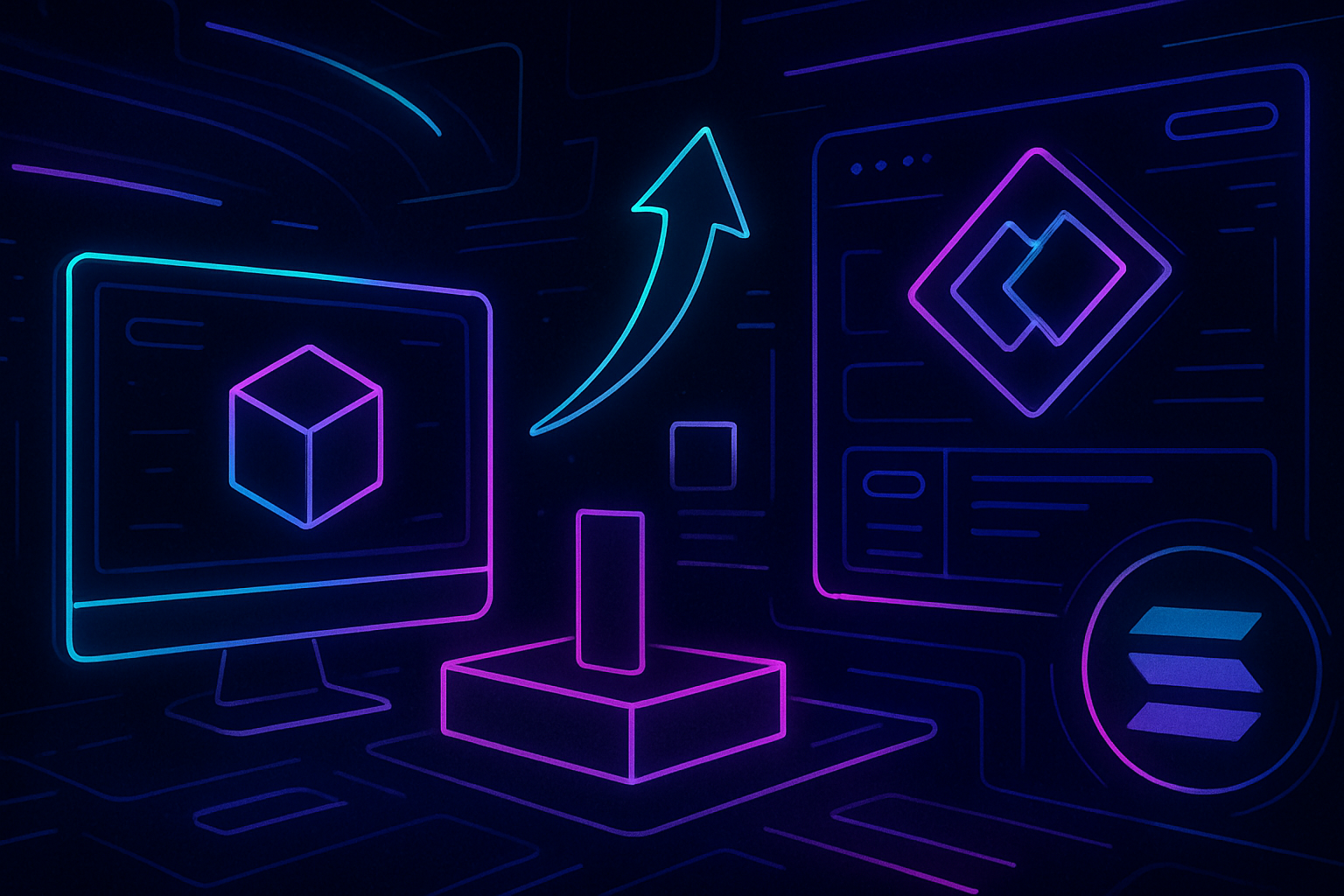
Solana developers are no strangers to high-throughput, parallelized blockchains. But as the modular blockchain movement accelerates, many teams are looking to expand their horizons and launch EVM-compatible rollups, especially with the rise of Rollups-as-a-Service platforms like Conduit. If you’re a Solana dev ready to bridge your expertise into the world of EVM rollups, this guide is your fast track to onboarding.

Why Solana Developers Are Eyeing EVM-Compatible Rollups
Solana’s SVM (Solana Virtual Machine) offers blazing speed and parallel execution, but Ethereum’s EVM ecosystem is unmatched in developer tools, DeFi protocols, and liquidity. By launching an EVM-compatible rollup on Conduit, you can tap into both worlds: bring your Solana know-how to a massive new user base while leveraging Ethereum’s composability.
The latest context in modular blockchain is all about interoperability. With Conduit’s recent partnership with Succinct Labs, developers can now deploy OP Succinct rollups, zero-knowledge (ZK) rollup solutions that deliver full EVM equivalence, ultra-fast finality (within one hour), and bytecode compatibility. This means you can port or build dApps with Solidity or Vyper, deploy familiar tooling like MetaMask or Hardhat, and even use keccak-based Merkle Patricia Trie (MPT) state roots just like on Ethereum.
The Modular Blockchain Onboarding Process: From SVM to EVM
Let’s break down the key steps for Solana developers aiming for multichain expansion:
Key Differences: SVM vs EVM-Compatible Rollups
-
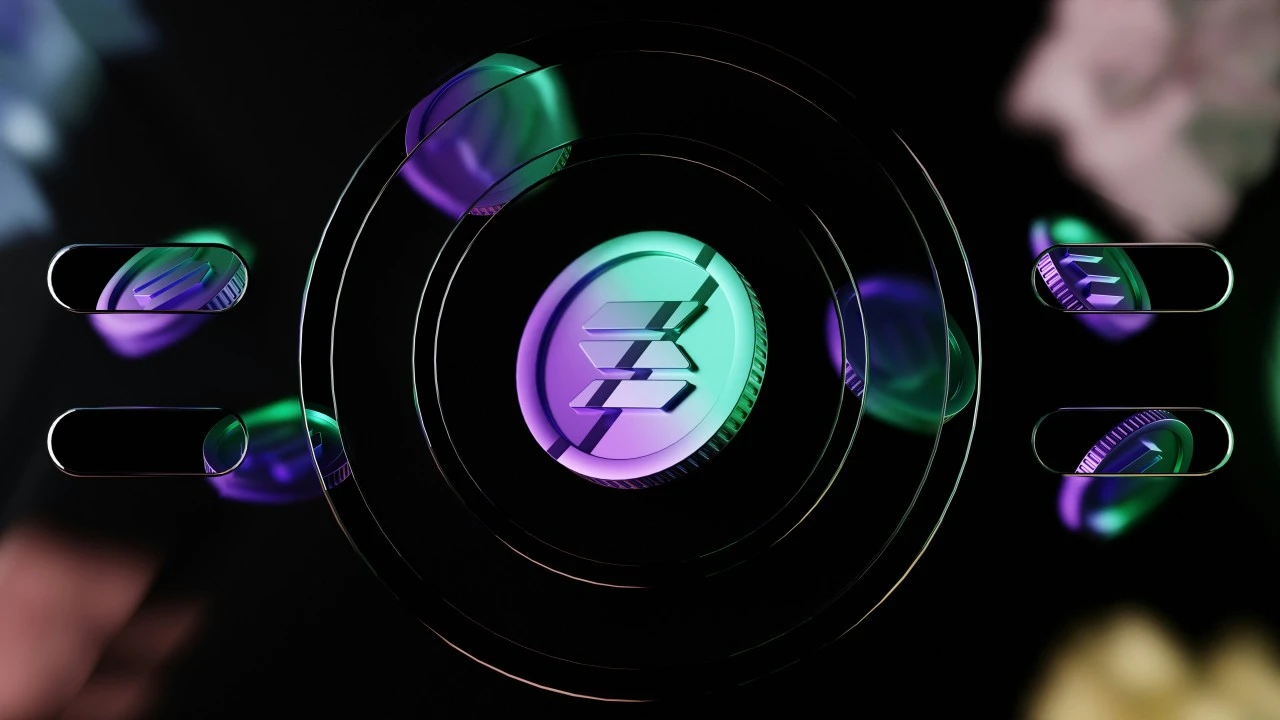
Programming Languages: SVM uses Rust for smart contract development, while EVM-compatible rollups support Solidity and Vyper—the dominant languages on Ethereum.
-
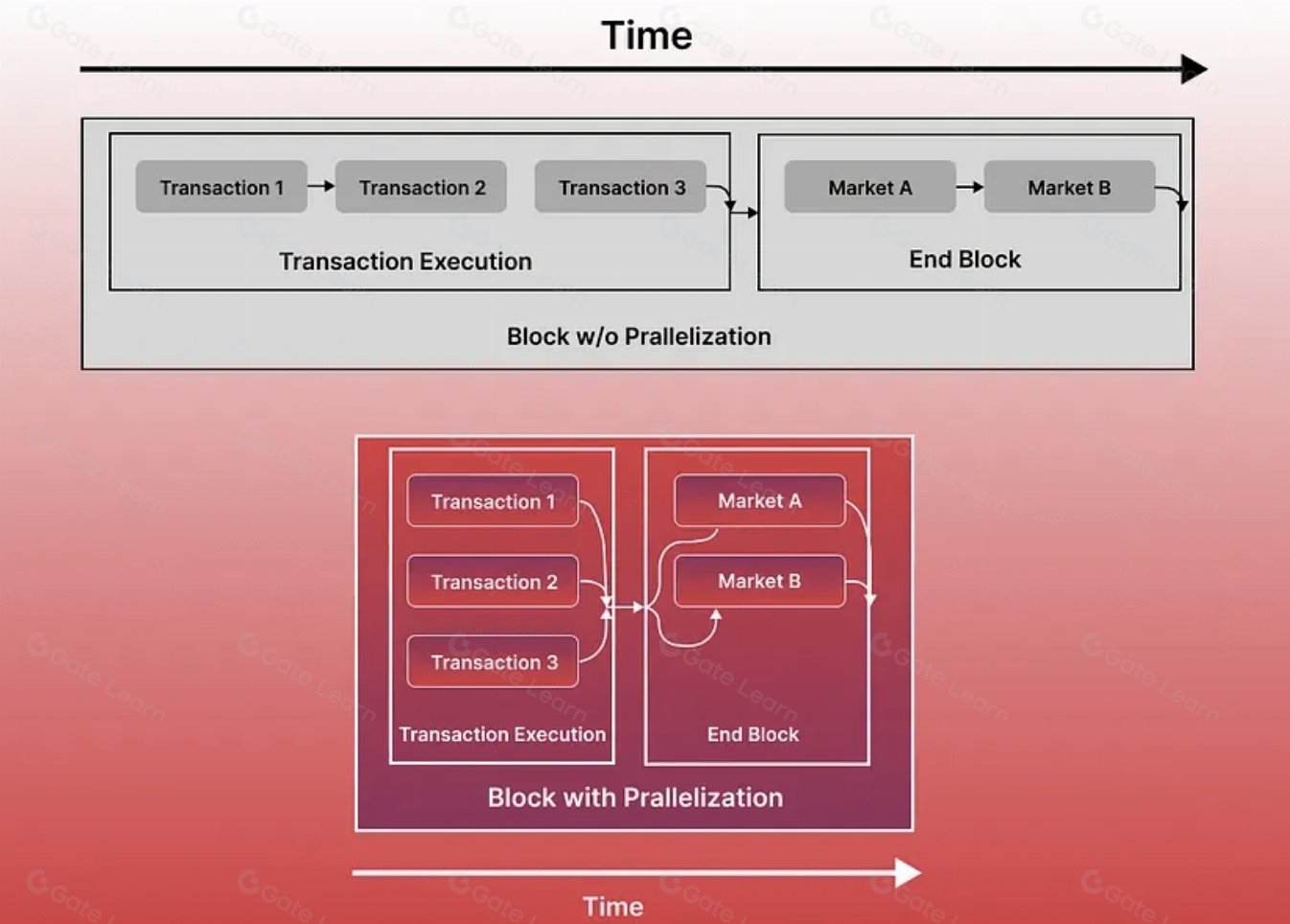
Execution Model: SVM features a parallel execution model using Sealevel, allowing multiple transactions to run simultaneously. EVM-compatible rollups use the sequential EVM execution model, processing transactions one after another.
-
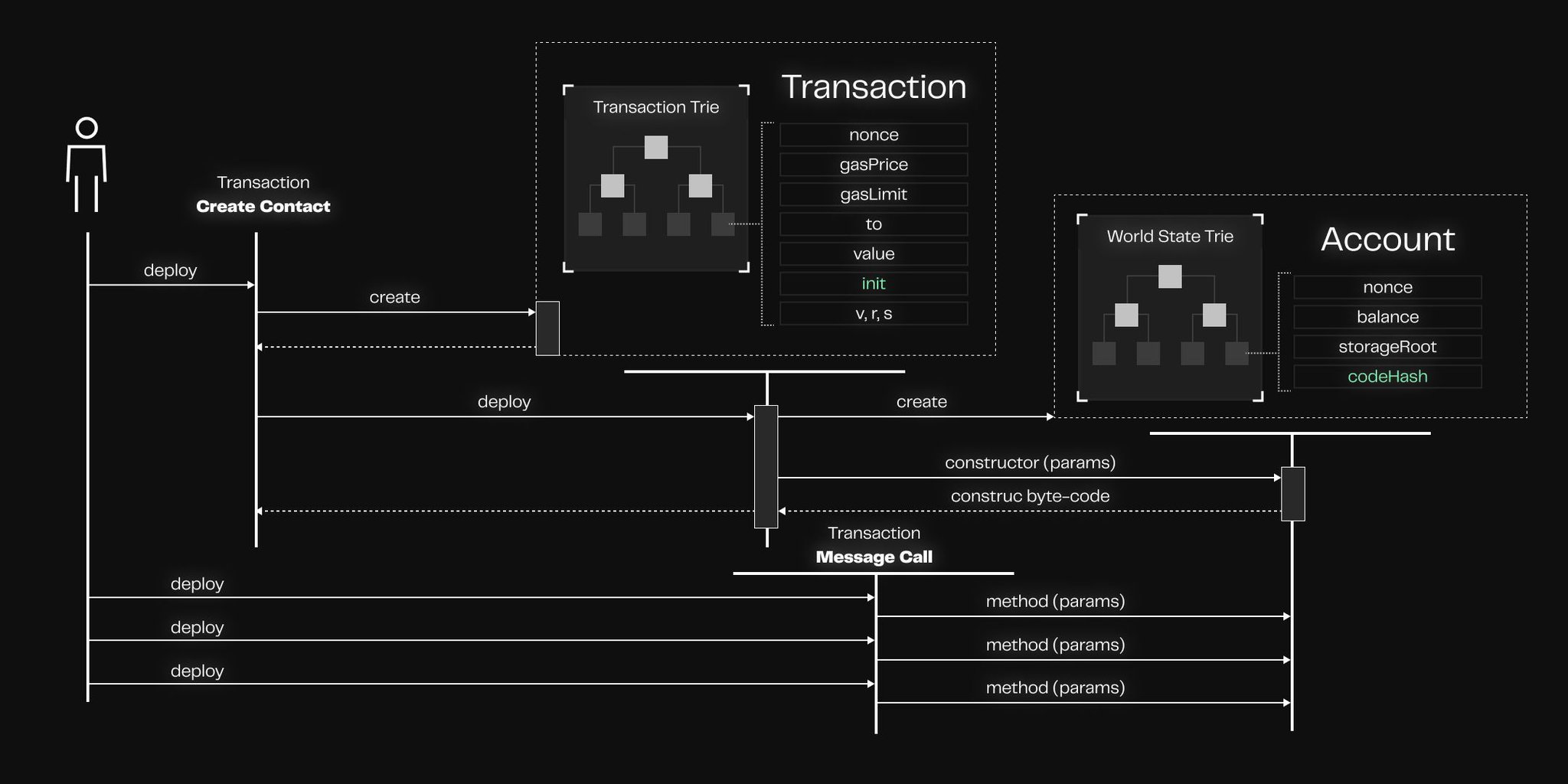
State Management: SVM operates with an account-based model that enables high throughput and composability. EVM-compatible rollups rely on the Merkle Patricia Trie (MPT) structure for state management, mirroring Ethereum’s approach.
-
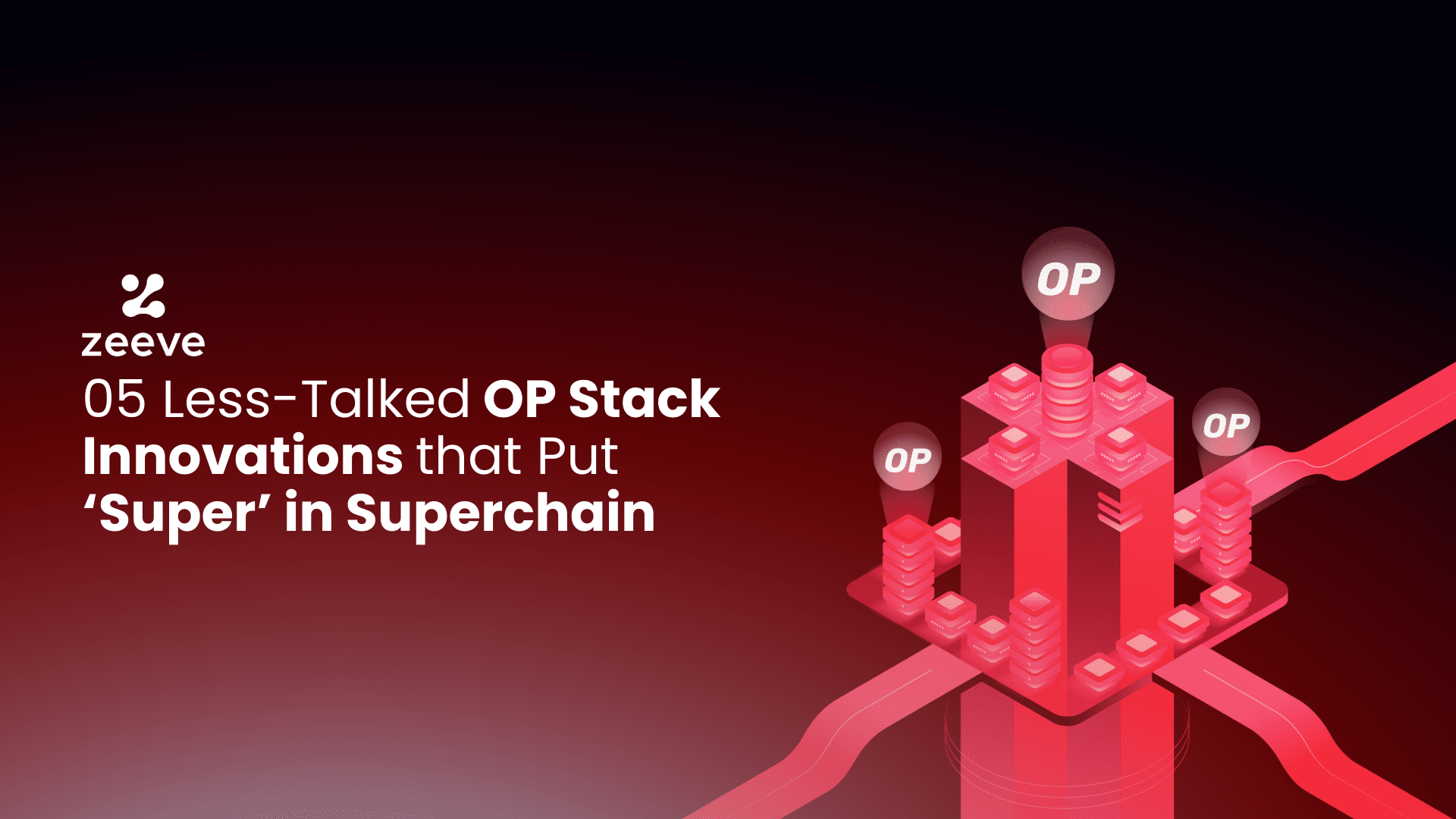
Finality & Withdrawal Times: OP Succinct rollups on Conduit provide finality within one hour and fast withdrawals, compared to the traditional seven-day withdrawal period on standard optimistic rollups. SVM achieves sub-second finality natively on Solana.
-
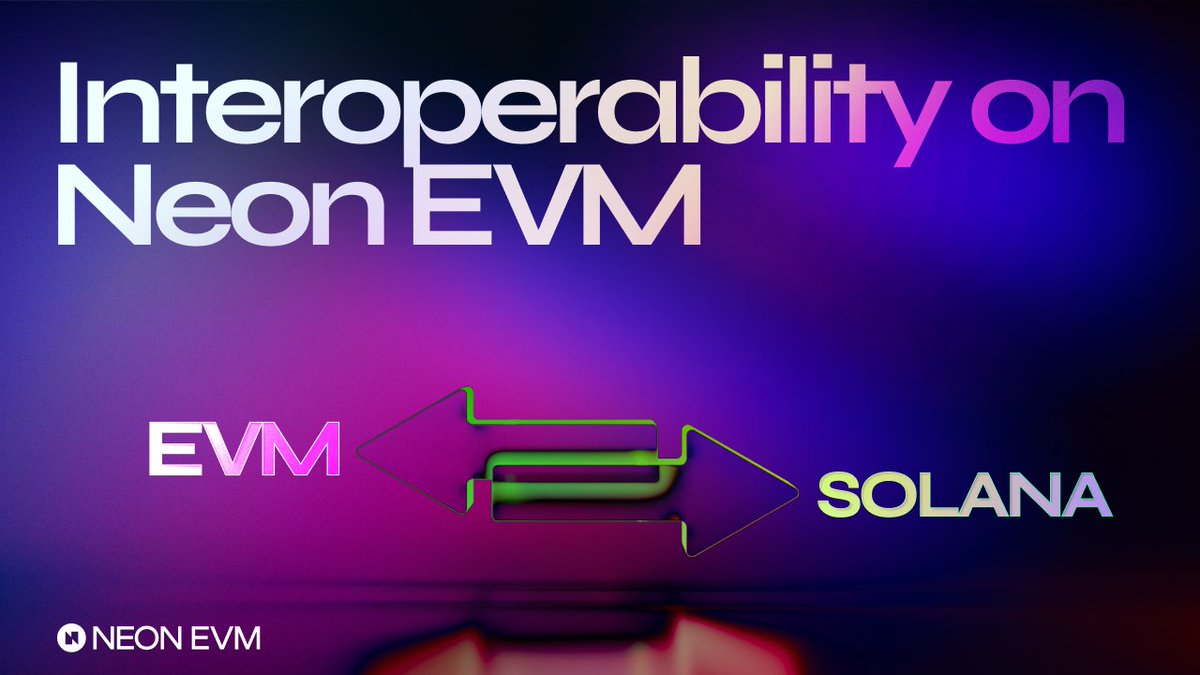
Interoperability: EVM-compatible rollups are fully EVM equivalent, allowing easy migration of Ethereum dApps and assets. SVM requires bridges or compatibility layers like Neon EVM for Ethereum interoperability.
-
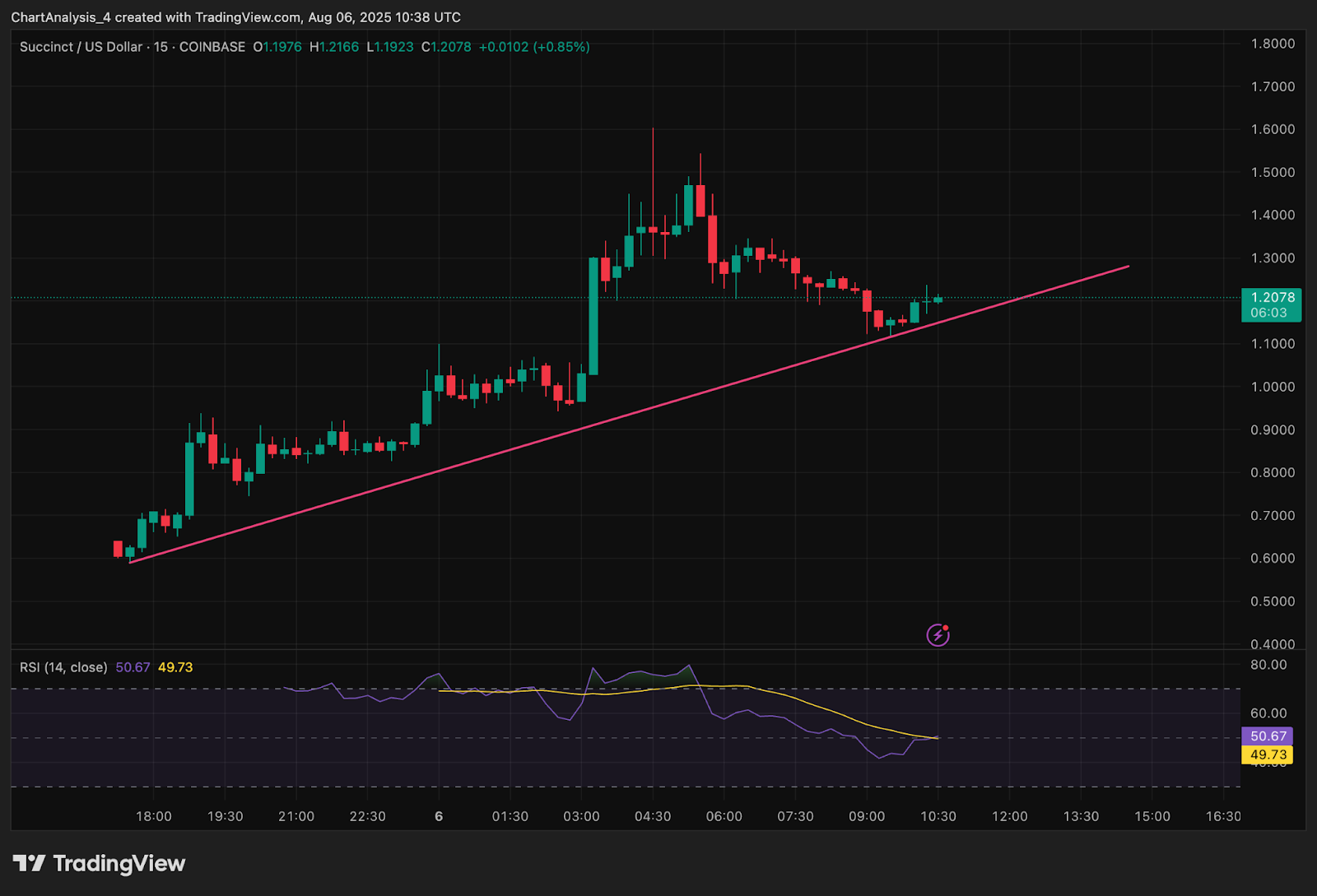
Fee Structure: OP Succinct rollups introduce a prover fee model, letting users pay their share of proving costs as part of transaction fees. SVM uses a standard transaction fee model based on network demand.
1. Understand Your New Stack: While Solana uses Rust or C for smart contracts (programs), EVM-compatible rollups run Solidity/Vyper code. Your dApp logic may need translation or rewrites if porting directly.
2. Choose Your Data Availability Layer: Rollups on Conduit let you plug into leading DA providers, Celestia, EigenLayer AVS, or even Ethereum itself, giving you flexibility in cost and security trade-offs.
3. Deploy via Rollups-as-a-Service: With Conduit’s RaaS model, spinning up an OP Succinct rollup is streamlined. You don’t have to wrangle node infrastructure or custom sequencer code; instead, focus on app logic and onboarding users.
Evolving Economics: ZK Finality and Prover Fees
The economics of launching an EVM-compatible chain are shifting fast. Thanks to OP Succinct rollups’ integration of zkVM technology from Succinct Labs, withdrawal times have shrunk from seven days down to just one hour, a game changer for UX and capital efficiency.
A standout innovation is the ‘prover fee’: instead of teams shouldering unpredictable proving costs up front, users now pay their share as part of transaction fees. This aligns incentives across the stack and removes a major barrier for smaller teams considering their first modular chain.
Ecosystem Implications and What Comes Next
This convergence isn’t just technical, it’s strategic. As more projects look beyond single-chain deployments toward multichain dominance, understanding how SVM skills map onto EVM-compatible frameworks will be crucial for staying ahead in 2025’s modular landscape.
Teams that were once limited by Solana’s native stack can now harness the composability and liquidity of Ethereum, all while keeping their competitive edge in speed and parallelization. The rollups-as-a-service model offered by Conduit means you don’t need to become an infra expert overnight, deployment is streamlined, and operational headaches are minimized. For Solana devs, this is more than a technical bridge: it’s a direct onramp to new users, capital, and network effects.
Real-World Use Cases: Who’s Leading the Charge?
Several pioneering teams have already begun to leverage OP Succinct rollups for unique cross-chain applications:
Real Projects Building EVM Rollups on Conduit After Solana
-
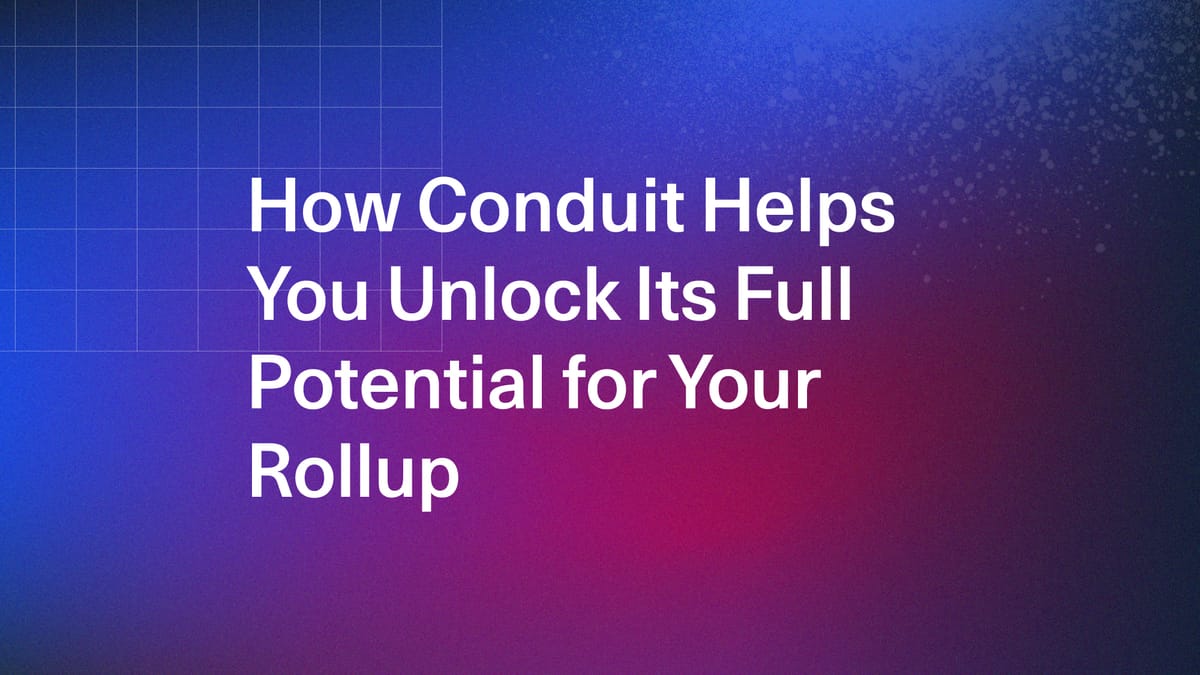
Neon EVM: Originally launched to bring EVM compatibility to Solana, Neon EVM now leverages Conduit to deploy scalable, EVM-equivalent rollups. This enables Solana-native teams to port their dApps and smart contracts directly onto Ethereum ecosystems with minimal code changes.
-
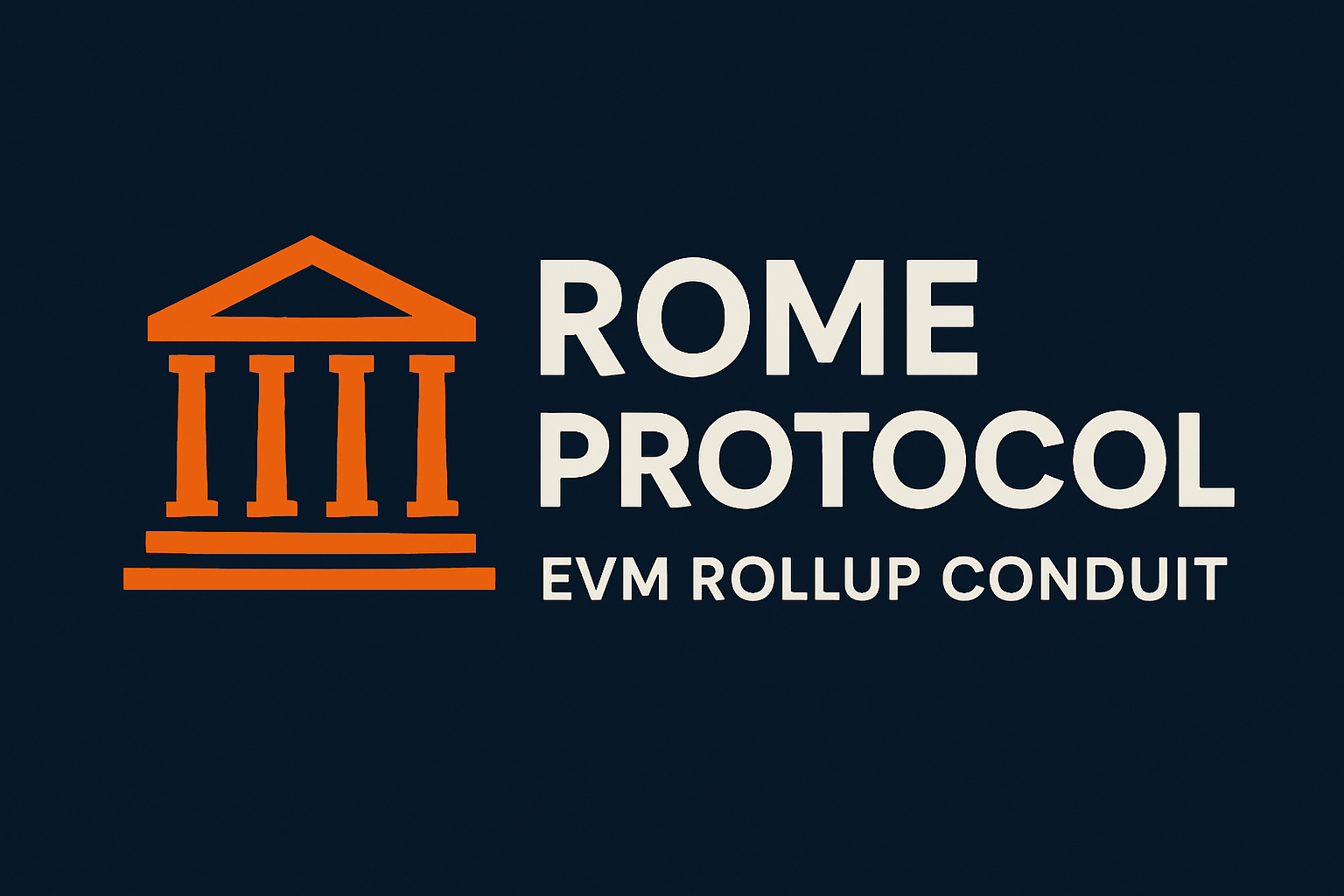
Rome Protocol: After pioneering shared sequencing for Solana and Ethereum, Rome Protocol uses Conduit to launch EVM-compatible rollups. This empowers developers to deploy Ethereum rollups using familiar Solana tools and infrastructure.
-
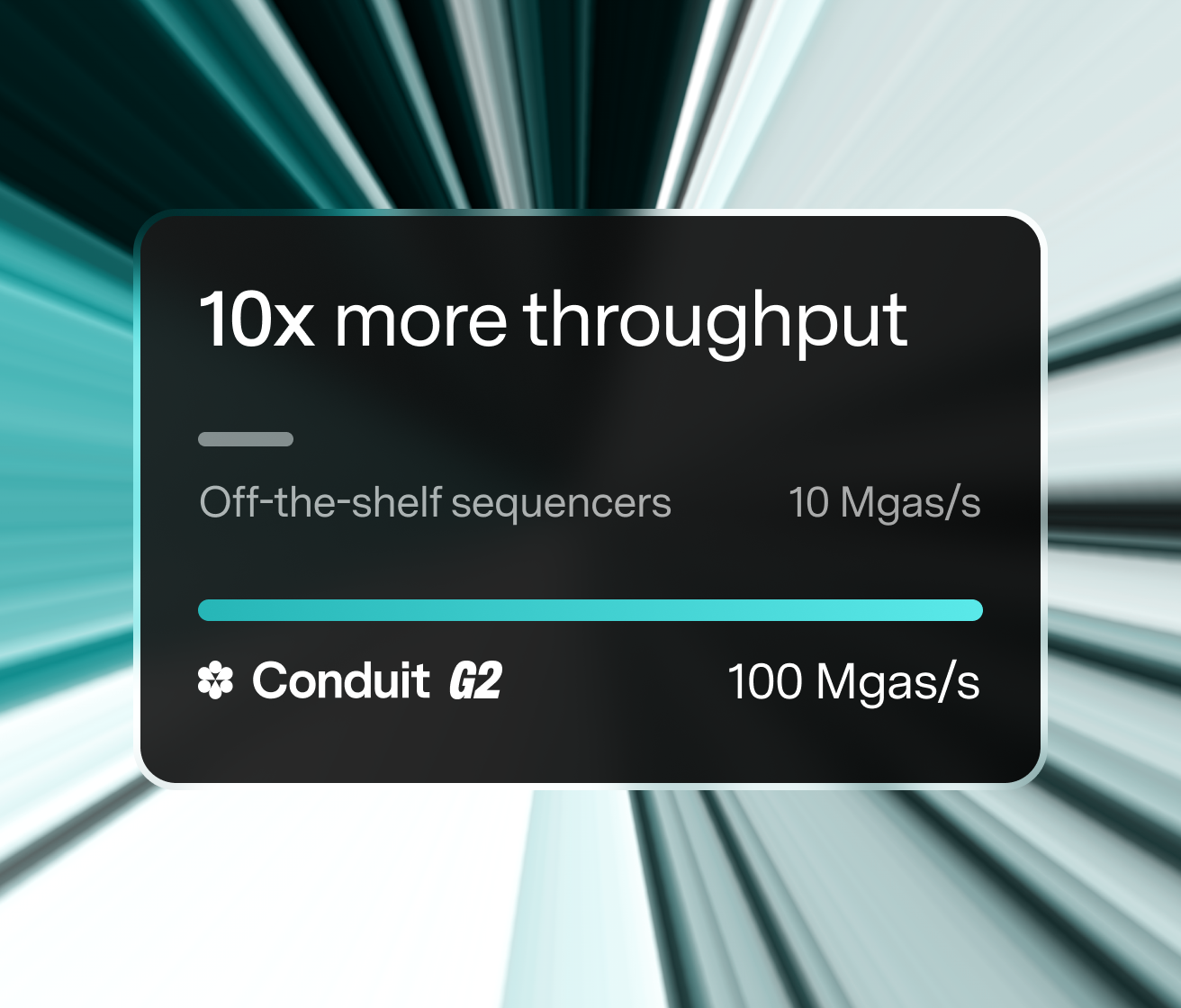
Succinct Labs (OP Succinct): Succinct Labs partners with Conduit to offer OP Succinct rollups, integrating ZK proofs and full EVM equivalence. Teams with Solana backgrounds can now spin up high-performance, EVM-compatible rollups with fast finality and advanced ZK features.
Whether you’re building DeFi protocols, gaming ecosystems, or NFT marketplaces, the modular approach unlocks rapid experimentation and access to both Solana and Ethereum communities. Imagine launching a dApp where users can interact with your smart contracts using MetaMask or Phantom, no more siloed liquidity or fragmented user bases.
Developer Experience: Familiar Tools, Faster Iteration
The beauty of deploying EVM-compatible rollups via Conduit is that you get full bytecode compatibility. This means your favorite EVM dev tools, Hardhat, Foundry, Remix, work right out of the box. Plus, thanks to fast ZK finality and the new prover fee model, your team can iterate without worrying about slow withdrawal times or unpredictable costs. It’s a win-win for both builders and users.
For those coming from SVM/Rust backgrounds, there’s a learning curve with Solidity/Vyper, but the trade-off is instant access to Ethereum’s vast ecosystem of libraries and integrations. Many teams find that porting core logic is straightforward when leveraging open-source migration guides and community support.
Are you planning to launch an EVM-compatible rollup in 2025?
With new solutions like OP Succinct rollups (ZK-powered, fast finality, full EVM equivalence) now available on Conduit, Solana developers have more options than ever for deploying EVM-compatible rollups. We’re curious about your 2025 plans!
Next Steps: Your Multichain Journey Starts Here
If you’re ready to take your Solana project multichain with an EVM-compatible rollup on Conduit, here are some actionable tips:
- Audit your codebase: Identify what needs rewriting or porting from Rust/C to Solidity/Vyper.
- Engage with RaaS providers: Reach out early to discuss infrastructure needs and DA layer preferences.
- Test extensively: Use testnets for both SVM and EVM environments before mainnet deployment.
- Leverage community resources: Join forums and Discords focused on modular blockchains for troubleshooting help.
The modular future isn’t just hype, it’s here. By bridging SVM expertise into the world of EVM-compatible rollups via Conduit’s powerful platform, you’re not just expanding tech stacks; you’re unlocking entirely new business models for your project. The next wave of blockchain innovation will belong to those who build across boundaries, and now is the perfect time to start that journey.



